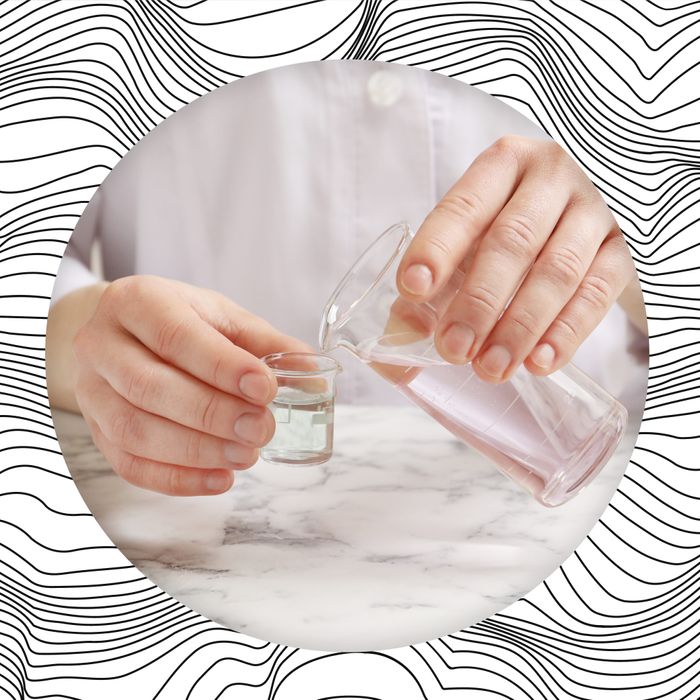
I have a long-standing habit of reading the labels on everything. As a kid, I did it mostly out of boredom while my parents were shopping; now that I’m an adult, it has fueled my obsessive curiosity about beauty products. And after years of examining ingredients lists in pharmacies everywhere, I’ve noticed one word showing up repeatedly on everything from shampoo to lipstick to foot cream: glycerin. Considering its ubiquity, it seemed strangely under the radar, especially in an industry that loves a miracle formula. What is this stuff, and why is no one talking about it?
“Glycerin is used in all kinds of cosmetic products. It’s one of the most common ingredients in beauty,” said Ron Robinson, a cosmetic chemist and CEO of skin-care brand BeautyStat. “Whenever hydration is key, glycerin will be there.”
That’s because glycerin belongs to a class of ingredients known as humectants (another popular one is hyaluronic acid). “A humectant is an ingredient that can actually draw moisture to the skin,” explained Robinson. When you apply a humectant topically, it pulls moisture from the atmosphere — kind of like a sponge — and helps bind that moisture to the top layer of skin. This property makes humectants function differently (and some would say better) than two other types of ingredients commonly touted as moisturizers: Emollients (like shea or cocoa butter) soften and soothe the skin, while occlusives (like Vaseline) create a physical barrier to seal in existing moisture. Unlike humectants, neither emollients nor occlusives add moisture; they simply help skin retain it.
Glycerin is also cheaply and easily obtained from plant-based sources like soybeans, sunflower oil, or palm oil, so it fits in with current “clean” beauty standards without costing a fortune, according to Dr. Costas Papageorgiou, a cosmetic physician at the New York Dermatology Group. It’s extracted through a process called hydrolysis, which involves putting vegetable fats under high pressure until the glycerin splits away.
In addition to hydrating skin and hair, glycerin is also noncomedogenic, so it doesn’t block pores. “It can be used by every skin type, including acne-prone and very sensitive. It’s a very lightweight but intense hydrator,” said Dr. Papageorgiou.
Glycerin’s moisturizing properties also preserve products that contain it, giving them a longer shelf life. “It helps to keep the product moist without drying out over time,” said cosmetic chemist Ginger King. Beauty companies have been using it for decades, hence its quiet presence — there’s nothing new or revolutionary about it; it just works.
Whether you knew it or not, glycerin is probably already a fixture in your routine. And with good reason — carry on! But if you’re looking for a lightweight, affordable, nongreasy moisturizer, now you know what ingredient to look for. Not that you could really avoid it if you tried.
The Most Important Beauty Ingredient You’ve Never Heard Of - The Cut
Read More

No comments:
Post a Comment